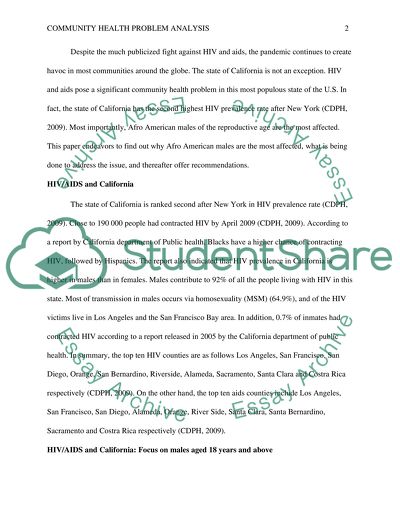Cite this document
(“HIV and AIDS in California: Focus on African American Males Essay”, n.d.)
HIV and AIDS in California: Focus on African American Males Essay. Retrieved from https://studentshare.org/health-sciences-medicine/1448342-hiv-and-aids-in-california-focus-on-african-american-males
HIV and AIDS in California: Focus on African American Males Essay. Retrieved from https://studentshare.org/health-sciences-medicine/1448342-hiv-and-aids-in-california-focus-on-african-american-males
(HIV and AIDS in California: Focus on African American Males Essay)
HIV and AIDS in California: Focus on African American Males Essay. https://studentshare.org/health-sciences-medicine/1448342-hiv-and-aids-in-california-focus-on-african-american-males.
HIV and AIDS in California: Focus on African American Males Essay. https://studentshare.org/health-sciences-medicine/1448342-hiv-and-aids-in-california-focus-on-african-american-males.
“HIV and AIDS in California: Focus on African American Males Essay”, n.d. https://studentshare.org/health-sciences-medicine/1448342-hiv-and-aids-in-california-focus-on-african-american-males.


